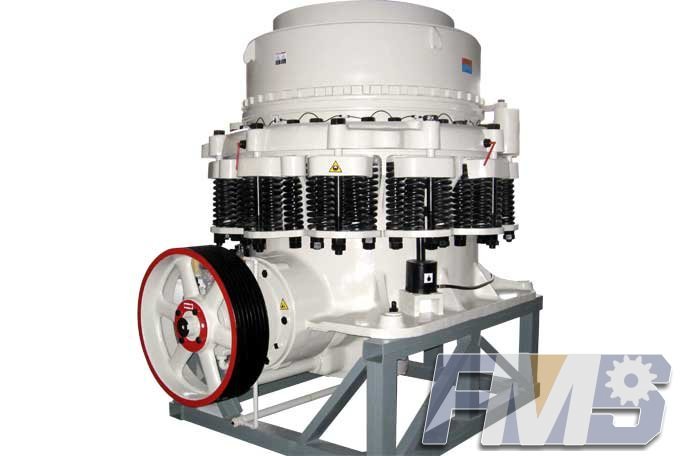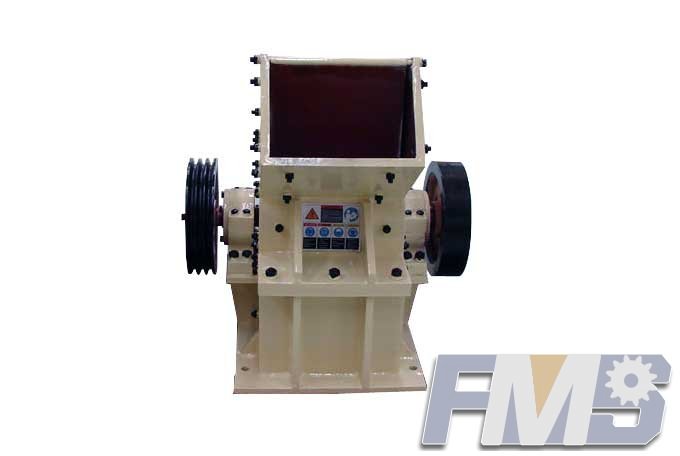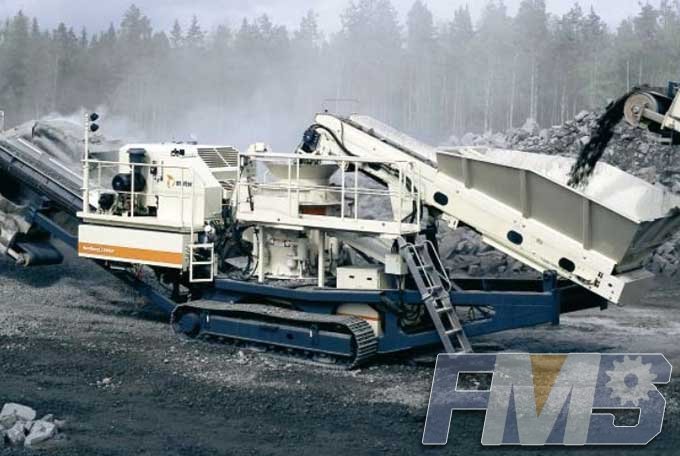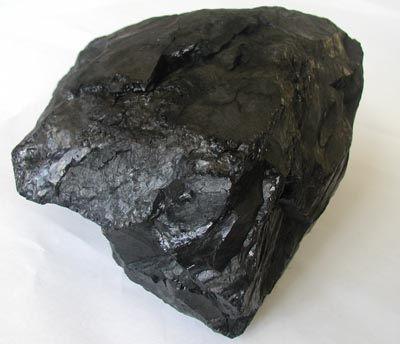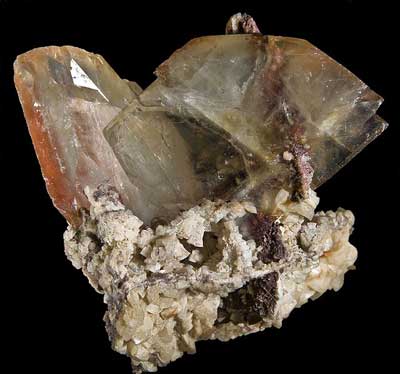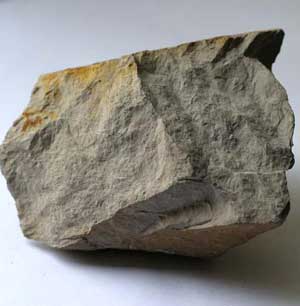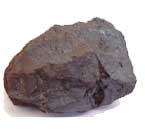Milling Within An Operational Plant
The siting of the mill is dependent upon several factors. Firstly the type of operation will determine whether the mill is placed at a centralised location to where minerals can be transported from a number of sources or, if the operation is confined to one area, whether it should be sited as close as possible to the operations area at the mine or quarry. There should always be sufficient space around the mill for easy loading, unloading and access and where necessary the mill can be housed. Topographically the mill should be sited in such a way that the flow of minerals can be aided by gravity thus reducing expensive handling costs. A convenient power supply and a convenient water supply are also prerequisites for a milling operation.
As mentioned earlier the milling process is often part of a larger process, part of a mining or quarrying operation, and the specific siting of the mill within this process will obviously be dependent upon the overall process and its various components.
Power supply
There are a variety of options when considering a power supply for a mill.
- Electricity - the grid. Commonly, where the mill is sufficiently near a grid electricity supply, advantage will be taken of this facility. Most mills will be sold with an electric drive motor fitted as standard and connection is merely a case of ‘plugging in’. Many developing countries suffer problems with regular interruptions in the electricity supply and insufficient capacity to deal with demand. This should be considered when thinking about the power supply for a milling operation. If occasional unpredictable stoppages can be tolerated then this is usually the cheapest option.
- Independent power supply. In situations where no grid connection is possible or where the local supply is not sufficiently dependable, an independent or ‘stand-alone’ power supply will need to be considered. There are various options available, the most common being a diesel engine. This can be used as part of a diesel generator set to provide an electricity supply or can be used to provide a direct shaft drive for the plant. Other option include the construction of a dedicated power supply from a renewable energy source, such as a small-scale hydro-power plant (either generating electricity of providing direct shaft power). Careful analysis of the options and correct selction of power supply can provide great savings in running costs.
- Animal power. In certain circumstance animal power can be harnessed to provide power for a milling process. Animal traction is widely used in developing countries for providing power for a range of applications, usually requiring rotary shaft power. Where the milling process is in the small scale range, this is one possible solution to providing a cheap renewable power supply
- Human power. Where very small scale milling is required the power can be provided by humans. Many small hand (or foot) operated mills have been developed in many areas of the world for small grinding operations. Over short periods of time humans can provide a significant amount of power (eg 250 Watts for a few minutes), but this tails off over time. The most efficient way of harnessing human power is to convert it to rotary motion.
Health and safety and the working environment
Health and safety precautions within the mining, quarrying and processing industries is of utmost importance. This is an industry where there are many risks of injury, death or serious health problems occurring if care is not taken. Many developing countries have Regulations which cover health and safety issues within the mining or quarrying industries and any good manager will be well aware of their requirements. It is worth bearing in mind also that legal action can be taken against a company who not comply with the relevant regulations. Below is a summary of some of the common causes of health risk within a milling plant.
Dust
The most serious long term health threat from mineral processing is that posed by dust inhalation. During any dry milling process a great deal of dust is produced and it can often be very harmful to breathe, especially over long periods of time.
Machinery protection
Rotating machinery is potentially dangerous and hence safety is very important when people are working near mills. All rotating parts of the machinery which are exposed, and with which people could come into contact, should be guarded. All shafts, belts, chains, wheels, etc., should be protected to avoid accidental contact. All guards should be regularly checked to make sure they are in place and secure. All electrical equipment should also be correctly installed with no loose wires, cables or switchgear.
Training for personnel
All personnel working in the area around the mill should be given proper training to ensure that they are aware of the dangers involved. Such training only takes a short time and can pay great dividends. Health and safety posters are useful as reminders to workers.
Maintenance of machinery
Regular maintenance of machinery is important not only to ensure reliability and to reduce running costs but also to minimise the health and safety risks. Before starting any machine, all moving parts should be inspected to ensure that they will not come loose or fall off during operation. Be sure that the mill is properly at rest and power switched off before carrying out any maintenance work.
Adherence to the health and safety standards
Above all, if the health and safety standards are observed properly, then there is little likelihood of serious problems occurring within the milling plant.
Tagged:
Get Detail Information:
(If you do not want to contact to our online customer service, please fill out the following form, Our client manager will contact you later. We will strictly protect your privacy.)


